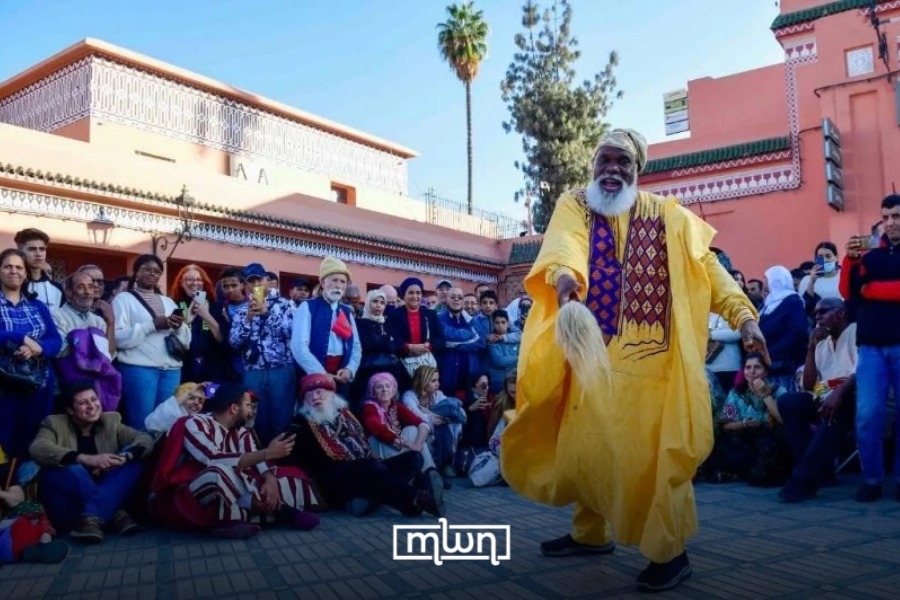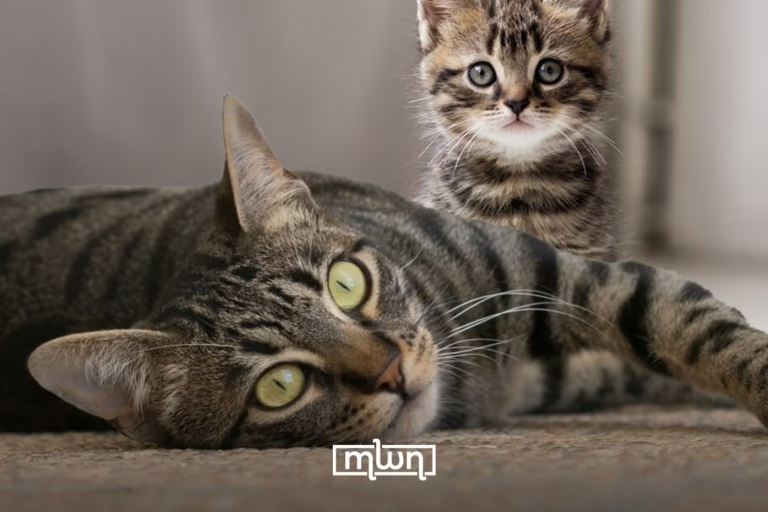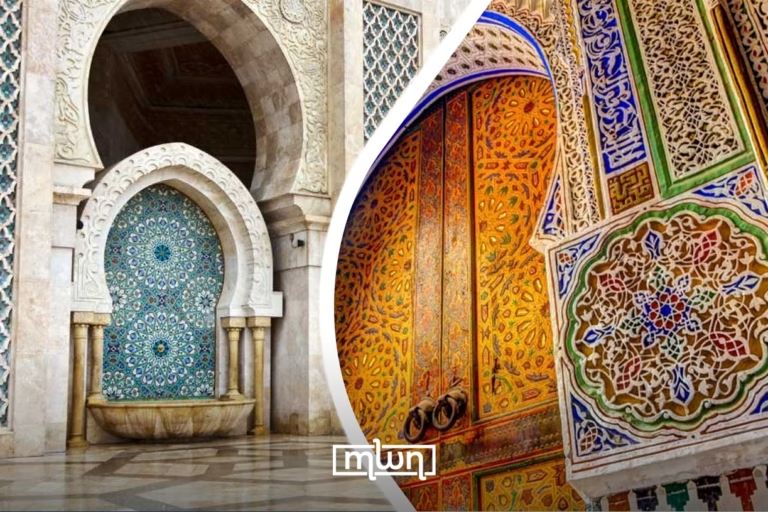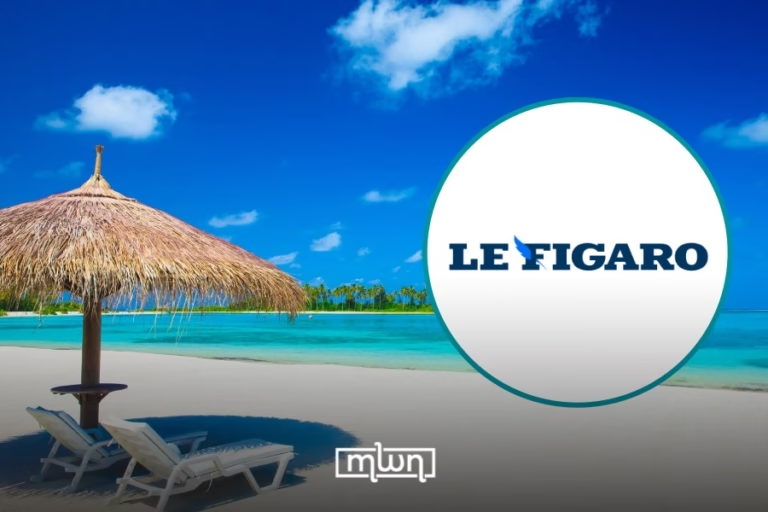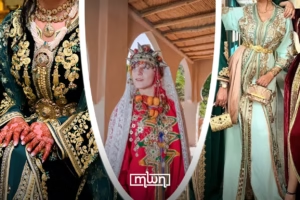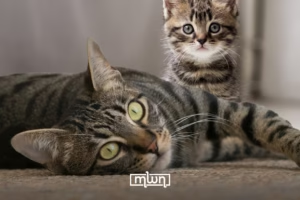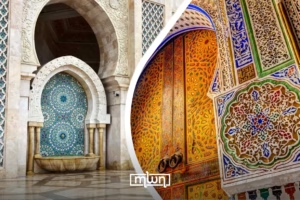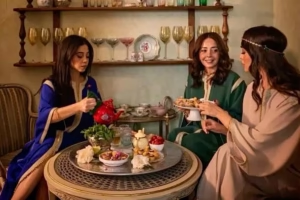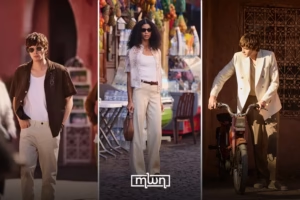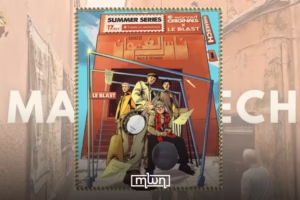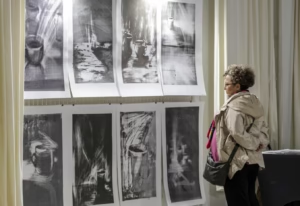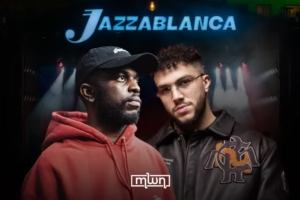From the square of Jemma El Fnaa to the streets of Casablanca, Moroccan street performers bring a unique essence alive in rhythm and storytelling.
Fez– A performance isn’t just something you watch, it’s something you experience. Unlike passive entertainment, real performances thrive on interaction, where the audience and performers feed off each other’s energy.
The magic happens in that exchange, where a reaction sparks another action, making the event dynamic and alive. In Morocco, this tradition of street performance is more than just a show, it’s a cultural force, a bridge between history and the present, and a deeply rooted part of the national identity.
You can find these performers everywhere – from Jemma El Fnna square in Marrakech to the bustling nightlife in Casablanca and especially the windy seaside of Essaouira.
Street performances in Morocco are not just about entertainment; they serve as living archives of cultural heritage.
Every movement, rhythm, and story passed down through generations preserves history in a way books never could.
These performances hold within them the essence of Morocco’s diverse cultural influences, blending Amazigh, Arab, and African elements into something uniquely its own.
Whether it’s the hypnotic beats of Gnawa music, the poetic storytelling of Halqa in Marrakech’s Jemaa el-Fnaa, or the electrifying acrobatics of street performers, each act is a reflection of Morocco’s soul.
Beyond their historical significance, these performances offer an emotional escape. Life can be exhausting, filled with daily struggles that drain the spirit.
But in the heart of a performance, laughter, music, and rhythm create a space where people can momentarily forget their worries.
It’s not just about distraction, it’s about release. Audiences don’t just watch; they feel. They become part of something bigger, a collective experience that transcends individual burdens.
This ability to connect on a deep level is what makes Moroccan street performances so universally appealing.
You don’t need to speak the language or understand the cultural nuances to be captivated by the energy of a Gnawa performance or the gripping narrative of a storyteller.
The emotions, joy, suspense, and nostalgia, are universal. This is why people from all backgrounds, whether locals or tourists, find themselves drawn to these performances. They are raw, real, and deeply human.
Moreover, these performances serve as a form of social connection. In a world increasingly dominated by digital interactions, where screens mediate most of our communication, Moroccan street performances remind us of the power of real, in-person connection.
Standing in a crowd, feeling the same emotions ripple through the audience, sharing a spontaneous laugh or gasp, these are moments of unity that cannot be replicated online.
In essence, they preserve identity, entertain, heal, and bring people together. They remind us that art is not just meant to be observed, it’s meant to be lived.

